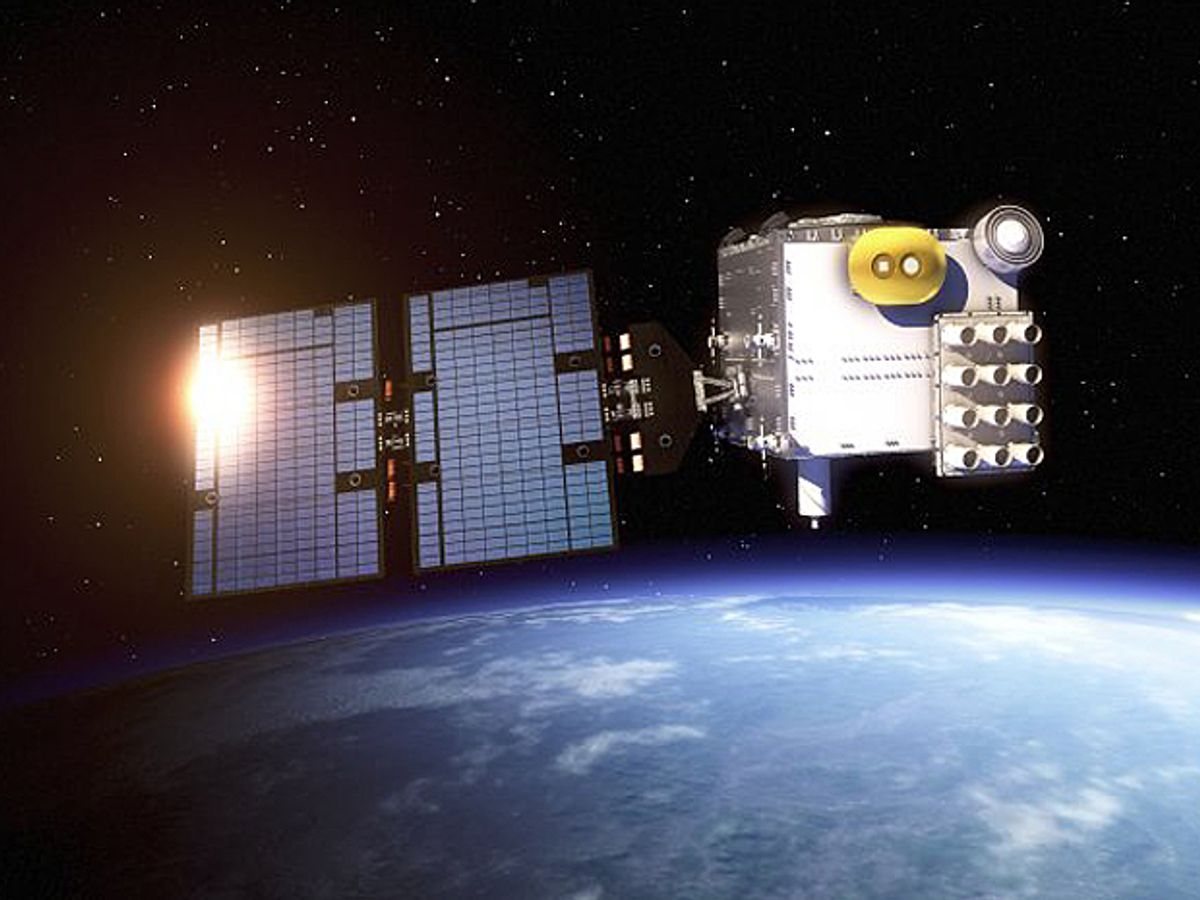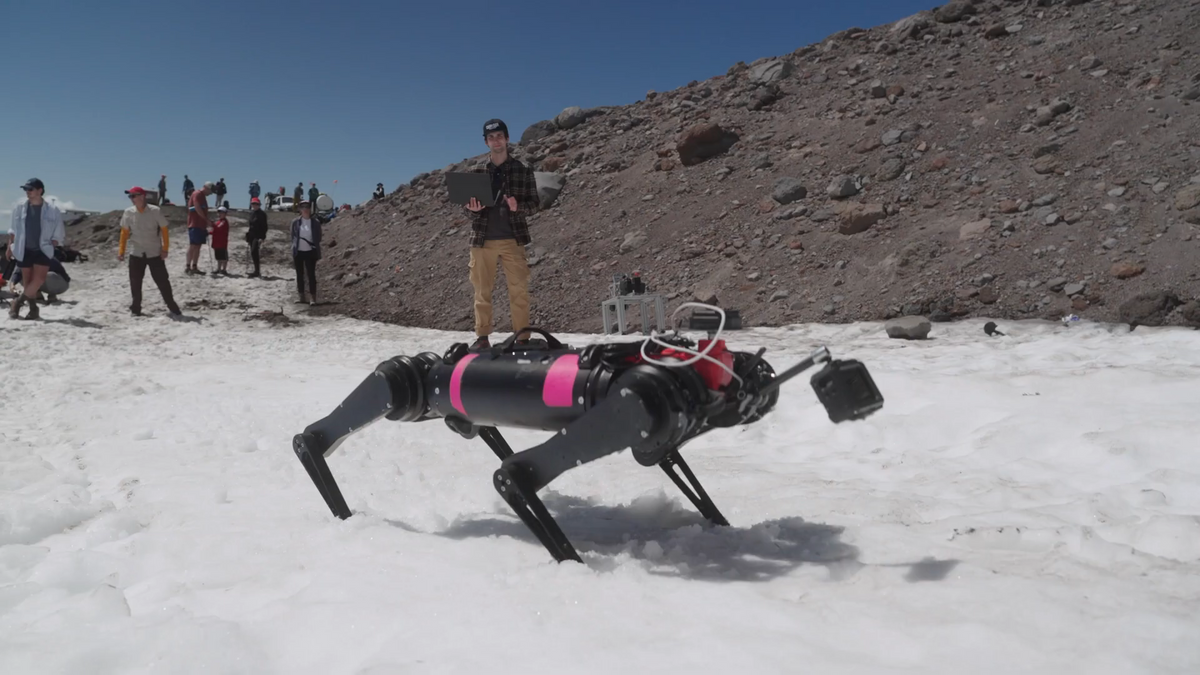Since it launched its first satellite in 1999, Taiwan has been operating at a disadvantage. It’s had to maneuver through a thicket of export restrictions from European countries, such as France, Germany, and the United States to acquire a key component, without which its satellites would be lost. That component, a space-based GPS receiver helps fix the flying direction for a satellite and accurately calculate which way a spacecraft’s antenna should point.
According to Chen-Tsung Lin, director of Flight Control Division of the National Space Organization (NSPO), dealing with those country’s export restrictions regarding space systems could take up to six months, and the lengthy process has seriously hampered Taiwan’s satellite projects.
Three years of hard work by Lin’s team resulted in the creation of Taiwan’s first home grown space-based GPS receiver. What’s more, the receiver is actually better than what Taiwan had been able to import in several ways.
Packed in a small box (15 cm x 17 cm x 4 cm), the receiver weighs only 0.8 kilograms; others on the market weigh in at 2-3 kilograms. Lightening the load is important as launch companies charge by the kilogram. (According to NSPO, the cost of a lofting a satellite is roughly the same as buying gold on a per kilogram basis.)
The new receiver also takes much less time to boot up. That's important if the satellite has to be restarted because of a fault—something that typically happens about every three months, according to NSPO.
“It’s important for a satellites to quickly restart in space and smoothly complete the positioning work,” says Lin. To boot up Topstar-3000 space-based GPS receiver by France’s Thales Alenia Space takes 40 minutes, according to Lin. The Mosaic receiver by Germany’s EADS-Astrium needs 8 minutes respectively, he says.
Taiwan’s receiver is in another league. “The maximum cold start time for this GPS receiver is 90 seconds,” Lin says. That time savings can make all the difference, because rebooting an entire satellite typically takes about 9 minutes more than just restarting the receiver. For even the 8-minute Mosaic system that puts a full restart at 17 minutes–well past the 12 minute window in which a ground station has view of the satellite. So the ground station won’t get any data from the restarted satellite until it completes another orbit. The new receiver brings it down to 10.5 minutes, enough time for ground station to order a reboot and see the results.
The system is made of a space-grade CPU and field-programmable gate arrays (FPGA), all obtained from the United States. But the key is the software.
A satellite moves hundreds of kilometers per minute so a receiver has to be able to track weak GPS signals under extreme high Doppler frequency shift condition, Lin explains. “When you turn on [FM] your radio, signals are immediately received. The space-based GPS receiver is totally different. Weak signals transmitted from other satellites of a GPS system could not be identified without being correlated,” he says.
According to Lin, a traditional space-based GPS receiver relies on a hardware correlator to analyze signals from satellites of a GPS system. However, it takes time for the software to instruct the hardware on how to do the correlation. In the new Taiwanese system, the receiver system uses the fast Fourier transform algorithm to greatly reduce the size of the calculation needed to analyze and compare signals from GPS satellites and complete the positioning process.
However, there’s room for improvement. The position accuracy is about 8 meters, which is not as sharp as others with 1-m position accuracy.
“But its current performance is sufficient for our needs,” says Shiann-Jeng Yu, deputy director general of NSPO, adding that the team would keep improving the receiver’s position accuracy.
The new receiver will be used in a Taiwan-built remote sensing satellite of the FORMOSAT-7 program. FORMOSAT-7 is a collaborative project with the U.S. National Oceanic and Atmospheric Administration, involves a group of 13 weather satellites, including 12 U.S. mission-specific satellites. The NSPO-built satellite equipped with the new GPS receiver will be launched in 2018.
According to Lin, the receiver could sell well in other satellite markets. It’s passed its tests for operation in the extreme temperatures and intense radiation of space and the powerful vibration of a rocket launch. More importantly, it’s considerably cheaper. The Taiwanese space-based GPS receiver costs 6 million Taiwan dollars (US $200 000) compared to roughly 20 million Taiwan dollars (US $667 000) for others on the market, he says.
Another selling point is its adaptability. Yu estimates it would take only 40 days to adapt Taiwan-made GPS receiver to another GPS system, such as Russia’s Glonass or Europe’s Galileo, compared with 220 days for others hardware.
According to NSPO, several European satellite builders have enquired about the invention. In addition, Singapore whose satellite program has been underway, has shown its interest.


